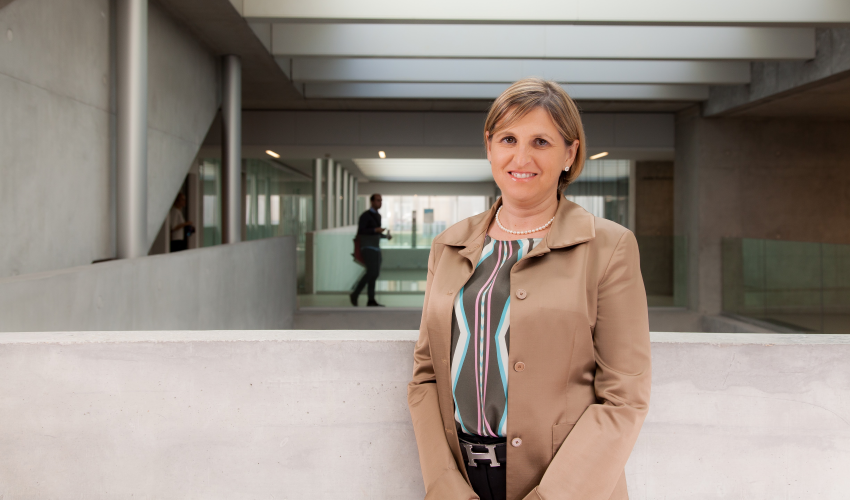
Consumer Goods Can Promote Inclusion of People with Disabilities
TO OVERCOME YEARS OF SILENCE, PRODUCT DESIGN AND MARKETING CAMPAIGNS SHOULD START FROM A DEEP KNOWLEDGE OF PEOPLE'S OWN EXPERIENCES, IN ORDER TO AVOID MISREPRESENTATIONby Stefania Borghini, Dept. of Marketing, Bocconi
Translated by Alex Foti
Inclusion of people with disability is finally a relevant topic in the world of fashion and sports, since disabled models and athletes have become testimonials in advertising campaigns and influencers with their personal profiles on social media. Their role is proving fundamental in reducing the discrimination and stigma to which people with disabilities have been subjected for decades, as has long been denounced by activists and researchers.
In Italy, Alex Zanardi and Bebe Vio are inspirational figures for what they managed to achieve in sports, and in the fashion world there are more and more fashion shows with models with disabilities on the catwalk. On YouTube, a case which had a strong impact was that of the model and activist Lauren Wasser, named Golden Legs for the prosthetic legs she proudly displays. Anglo-Brazilian model Samantha Bullock, silver tennis medalist at the 2007 Pan American Games, is about to launch a clothing line for those who, like her, have to live in a wheelchair and want to combine comfort with aesthetics.
Disabled children have always wanted toys portraying them but have rarely been satisfied by the industry. The first time Mattel launched a Barbie character in a wheelchair in the 1970s, despite initial public enthusiasm, the product failed miserably. The Becky character's wheelchair was not compatible with the rest of Barbie's product line; for instance, it was too big to enter the Barbie Doll House. Only in 2019, Mattel re-launched a new, more complete and inclusive product line in the US, which removes many of these barriers hampering disabled dolls, too. In fact, the online community #ToyLikeMe has long given a voice to all children and their parents who ask toy manufacturers around the world to give material representation to any form of disability or physical defect, but their limited success demonstrates how long the road to travel still is.
Although these demands are now finding greater resonance thanks to the web, current consumer research theories and managerial practices seem inadequate to grasp this phenomenon, something that should be remedied because the delay and lack of attention they signal are increasingly inexplicable and unmotivated. To date, the research has mostly looked into factors of stigma, barriers to consumption, medical effects, and psychological reactions. On the other hand, the positive role of inclusion through everyday practices and consumer objects, which are – because of their symbolic and material value –used for identity construction, has been underestimated, if not altogether omitted.
A recent study, aimed at modifying these approaches, demonstrates in fact that disability represents an important context of expression and/or transformation of the self, in which consumption plays a fundamental role for vulnerable people by constituting a form of anchoring that can be used for affirming one's self in relation to others. Even on the side of firms, current practices need to be revised. Designing large promotional campaigns without full awareness of what you are doing carries the risk of stigmatizing instead of including. If the experiences of individuals are not understood in depth, if they are not given the opportunity to talk about themselves not only from a psychological and emotional point of view, but also from the perspective of relations with everyday objects, every marketing action will end in failure.
When the sense of self undergoes a transformation and is confronted with various dominant models, the individual by necessity resorts to material and immaterial resources to construct his/her own biography. In the case of disabled people, we know that such a set of resources is very complex and not always available, and therefore every disabled person has a hard time finding products and building an image that suits his/her persona. Serious investment in this direction could surely make companies avoid repeating the mistakes they have made in terms of products launched on the market, and guarantee an inclusive and inspirational representation in their products and media.
